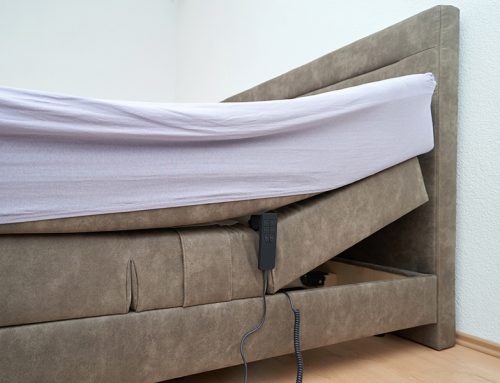A fractured pelvis may be one of the more uncommon, but uncomfortable bones to break. Our pelvis is a set of butterfly-shaped bones between our hips: specifically the pubis, ilium, and ischium bones.
It’s almost like the base of our core, surrounding our abdomen and reproductive parts while connecting to the spine and leg bones. A pelvis fracture is when one or more of these pelvic hip bones are broken. It’s painful, but manageable depending on the severity.
What causes a fractured pelvis?
A broken pelvis typically forms as a result of trauma from a high-speed car accident or falling from a great height. Sometimes they occur from a sports injury or minor accidents, but this is primarily based on prior bone-thinning diseases such as osteoporosis.
There are two types of pelvis fractures:
- Stable: there is one break in the pelvis ring and the bones are in place.
- Unstable: there are two or more breaks in the pelvis ring with moderate to severe bleeding.
If you have an unstable fracture, you must consult with a medical professional about your treatment options. Your organs around the pelvic area could be at serious risk if you don’t stabilize the condition.
If you have a stable fracture, you should still seek medical attention. In some instances, physical therapy and crutches will be recommended. But with adequate rest and symptom management – you’ll be well on the road to recovery.
If you’re wondering exactly how you can get rest with this awkward fracture – we hear you. Comfort seems impossible. Below are some helpful approaches to sleeping comfortably with a fractured pelvis.
Tips for sleeping with a fractured pelvis
A broken pelvis may take around 6 to 12 weeks to properly heal. The most important thing to do is to keep weight off your hips, especially in the first few weeks. But this poses a challenge when we are lying down and most of our body weight is put on the pelvic area. Here’s how you can still have a good night’s sleep:

When you wake up…
Get out of bed carefully and slowly. Roll to your side gently and put pressure on your forearms to push yourself up in a sitting position. Then you can bring your legs to the front and you’re good to go.
When resting through a pelvic fracture, patience is key. Continue to follow-up with your doctor on your healing progress and take their recommendations under advisement first and foremost. While the tips we mentioned above will help speed up recovery and reduce pain, it’s also advisable to sleep on a well-supported, high-quality mattress. See our list of best mattresses if you think your mattress is failing you.





